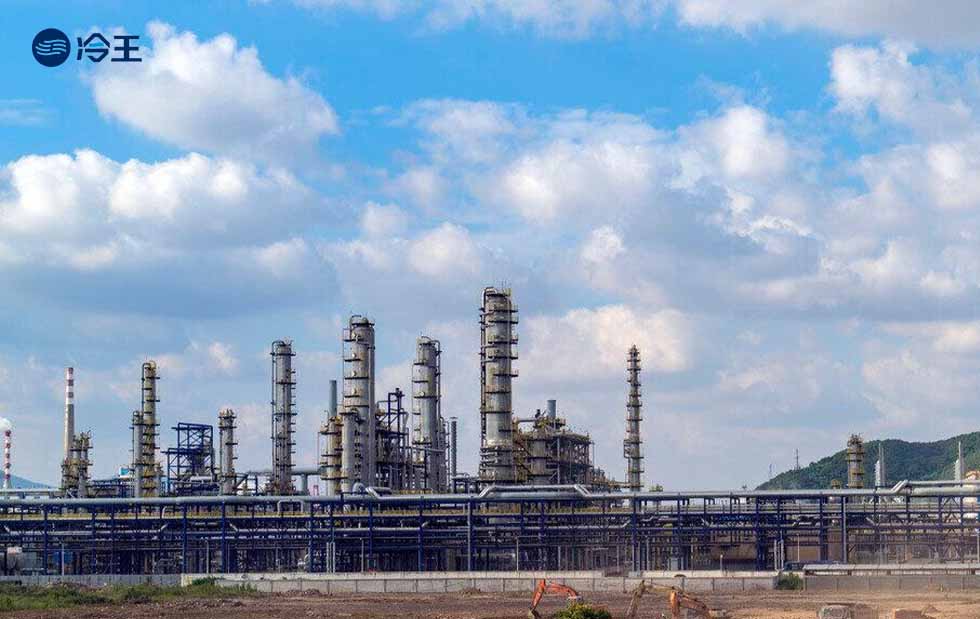
Air conditioning production and sales off-season, fluorine refrigerant market but the dark current? In the traditional cognition, the third quarter of air conditioning production decline or triggered demand concerns, but the HFCs refrigerant market is out of the independent market - prices continue to rise, the industry logic is being reconstructed.
I. Industry fundamentals: the “golden age” of HFCs
1. The attribute of rigid demand is prominent, and the market boundary continues to expand
With the recovery of the global economy and the upgrading of the demand for temperature control (domestic, commercial, and agricultural multi-scenario coverage), HFCs, as the air conditioner/heat pump “blood”, not only carries the new demand, but also the new demand for air conditioning. As the global economy recovers and the demand for temperature control escalates (covering multiple scenarios for domestic and commercial use and agriculture), HFCs, as the “blood” of air conditioners/heat pumps, are not only required to meet the new market demand, but also to meet the rigid demand for maintenance of stock equipment. Its downstream cost is low, easy to store, the characteristics of multiple channels, giving HFCs “functional agents” unique properties, and traditional chemical raw materials to form essential differences.
2. China's quota system: a “super player” in the global market
According to the Kigali Amendment to the Montreal Treaty, China's HFCs industry will implement a quota system from 2024, directly controlling more than 80% of the global supply of HFCs. This policy has given rise to three major industry characteristics:
Supply-side reform: overcapacity is eliminated, and supply is rigidly constrained;
Franchise: quota has become a global “passport”, and the threshold of industry entry has been significantly raised;
Concentration: global quota is gathered in China, and domestic quota is concentrated in the head enterprises, forming an oligopolistic competition pattern.
Price resilience: non-cyclical features appear
Since the implementation of the quota system for one and a half years, the price of HFCs continued to repair in the controversy. R32, for example, its domestic trade prices rose 21% over the beginning of the year (mainstream transaction price of 52-53,000 yuan / ton), R134a rose 18% (48-49,000 yuan / ton). Industry “just consumption + franchise” double gene, is to promote HFCs from the traditional chemical cyclical fluctuations.
Second, off-season scheduling decline, why the volume of prices rise instead of fall?
Core logic: upgrading consumption structure and global market hedge off-season effect
HFC-32 demand: off-season ≠ shrinkage, structural growth is significant
Export-driven: 40% of HFC-32 for export, China's refrigerant global market share of more than 50%, the southern hemisphere reverse demand season to weaken the impact of the off-season;
industrial and commercial rise: the share of domestic air conditioning from 40% down to the dominant position of the loosening of the industrial and commercial refrigeration/heating and servicing Market (20%) rapid expansion;
maintenance season superimposed on the export peak: the third quarter for overseas air conditioning maintenance peak, R410 (R125:R32 = 50:50) and R32 maintenance demand, superimposed on the delivery of export orders, strong price support.
Other varieties rose, the market is improving
In addition to HFC-32, R125, R32 and other varieties of demand for synchronized growth, the industry presents a “multi-point blossoming” situation.
Enterprise response: precise layout, dynamic regulation
leading enterprises through scientific scheduling plan (2025 device production optimization), intensive operation (improve delivery efficiency) and market acumen (real-time perception of changes in demand), an effective hedge against off-season fluctuations, the three quarters of the business is expected to be optimistic.
Third, the data confirms: the logic behind the price rise closed loop
R32 price trend: year-to-date increase of 21%, the domestic trade price stabilized above 50,000 yuan / ton;
R134a price trend: 18% increase during the year, the high-end market offer breaks through 49,000 yuan / ton;
export orders support: Export order prices continued to rise in the third quarter, the enterprise bargaining power.
Under the quota system and global franchising mode, HFCs industry is transforming from “traditional chemicals” to “functional agent”. The fluctuation of off-season scheduling in the third quarter epitomizes the structural upgrading of the industry--export expansion, the rise of industrial and commercial demand, and the outbreak of the maintenance market, which together build up a new kinetic energy of volume and price rise.
Data source: network
Note: This article does not constitute investment advice, market risk, decision-making needs to be cautious.




